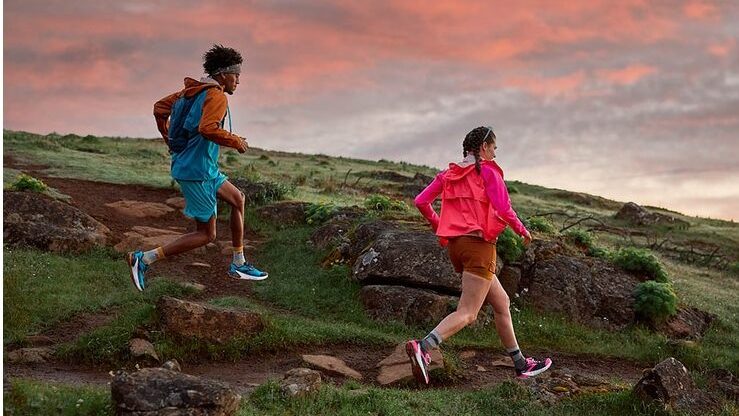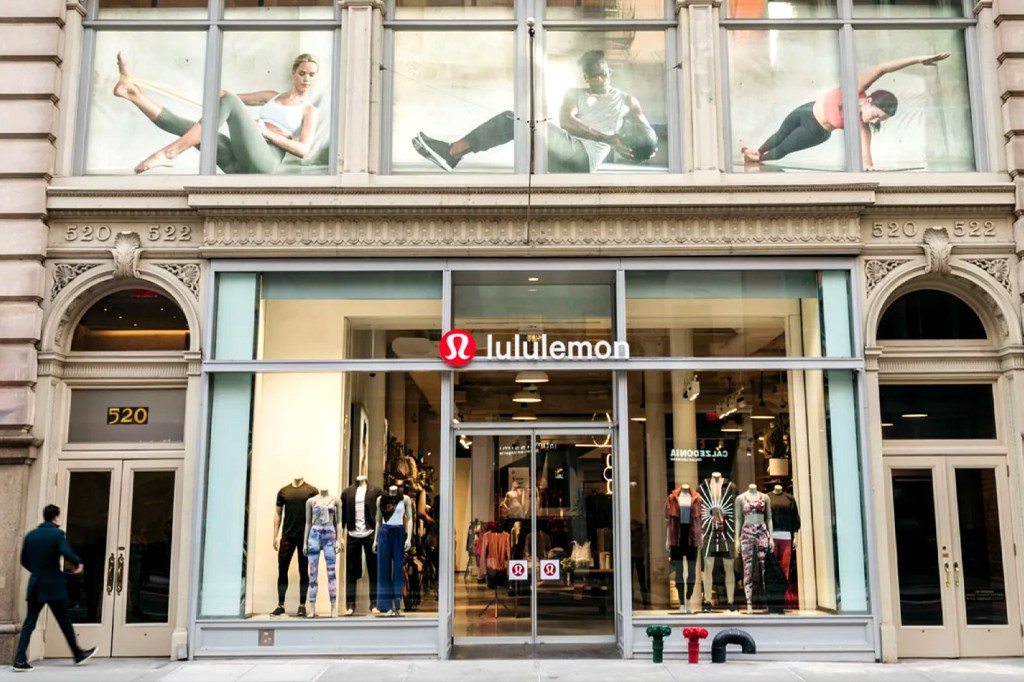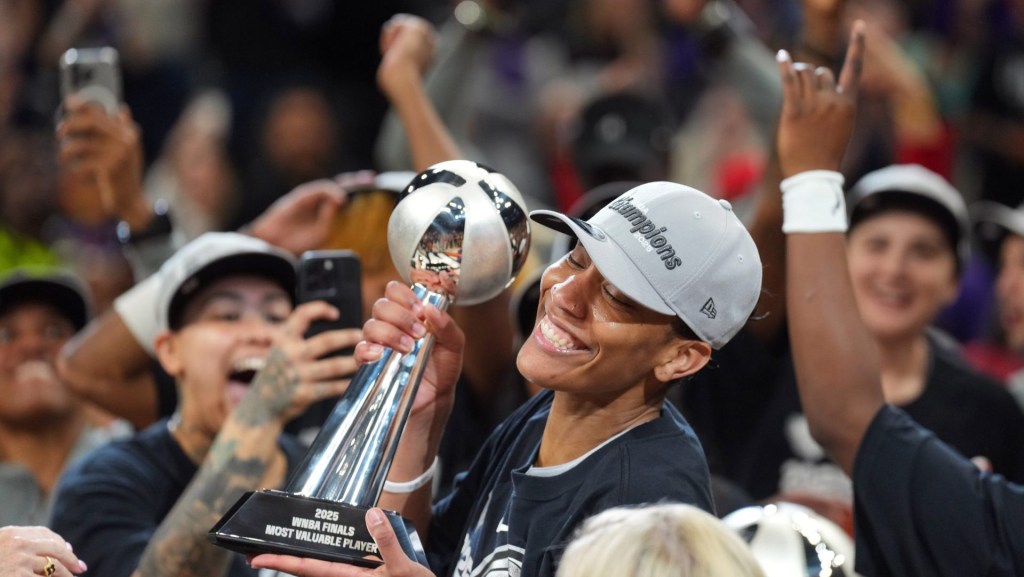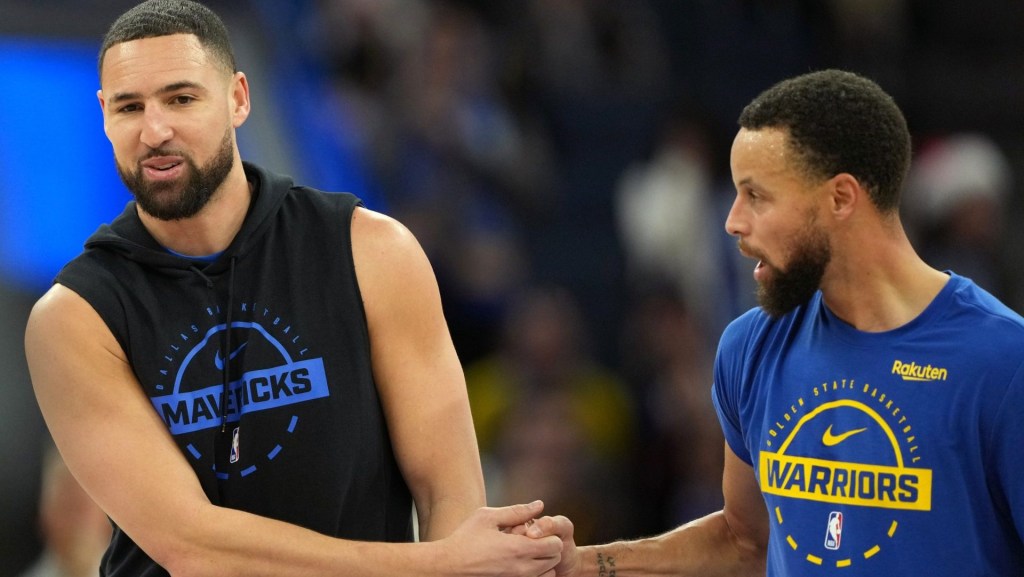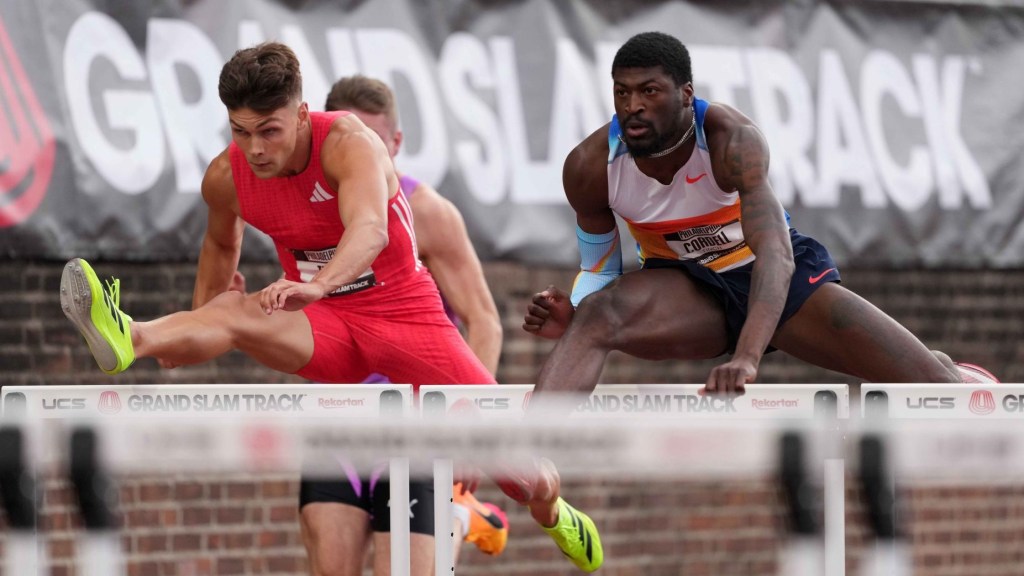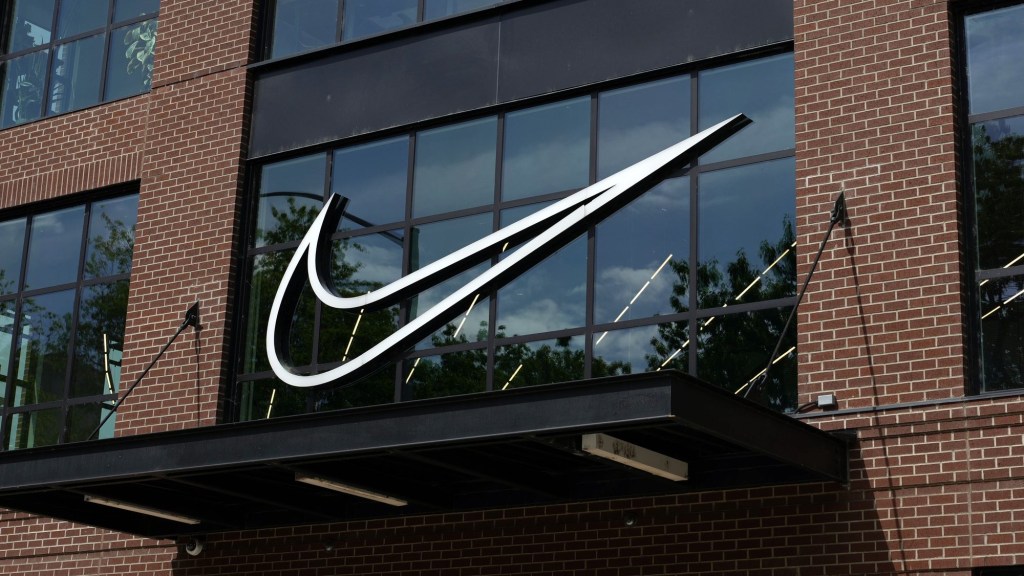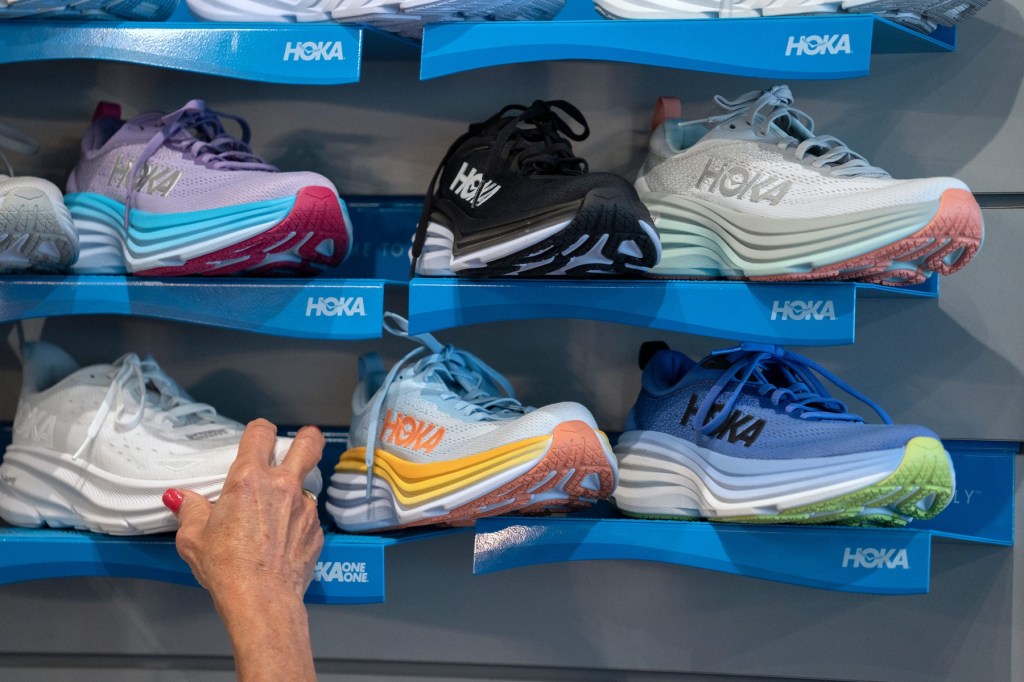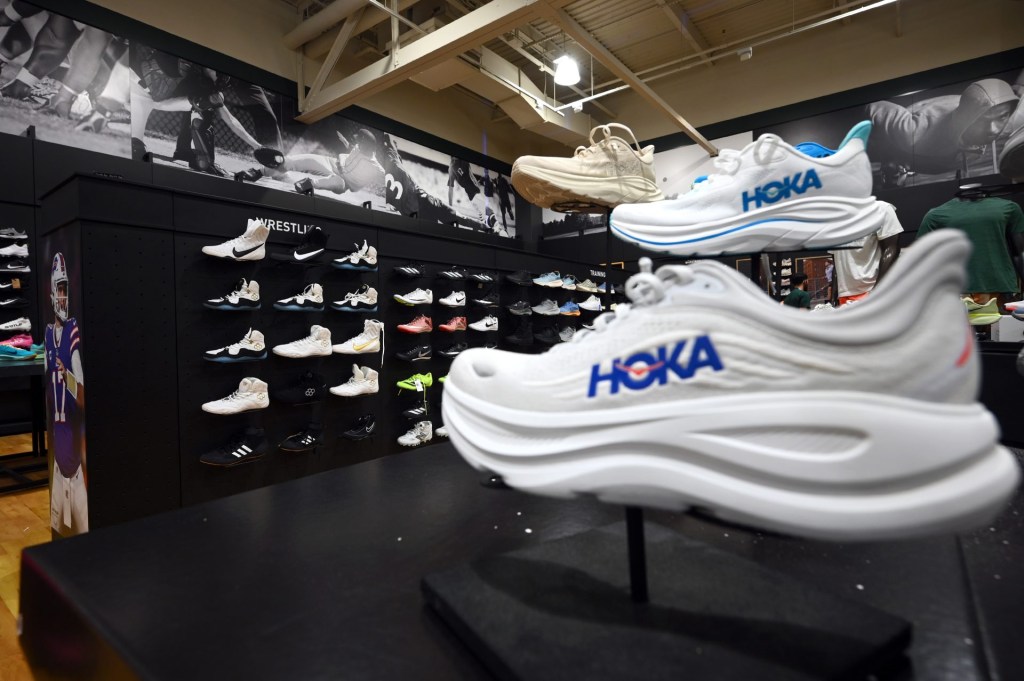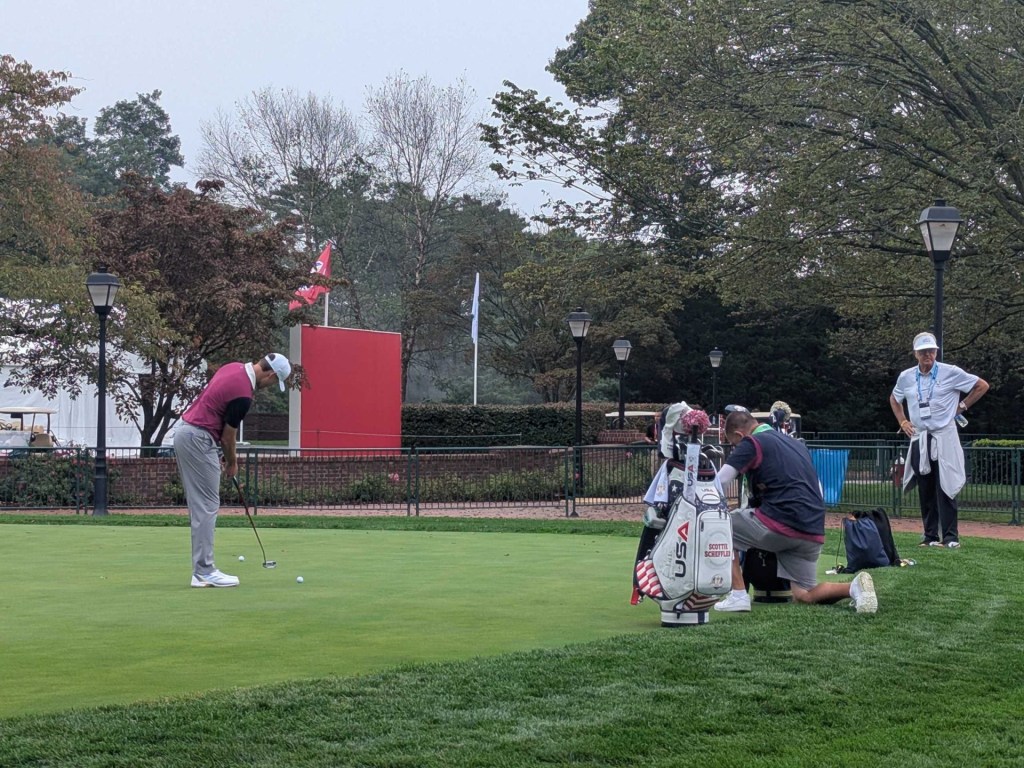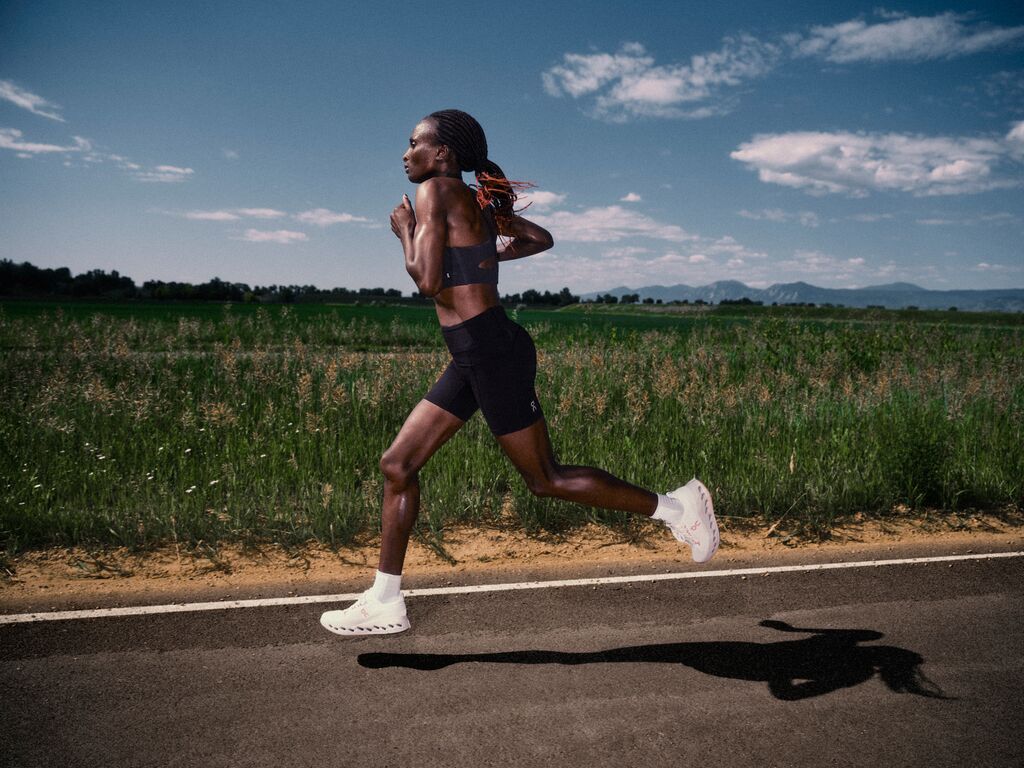Brooks Running reached $1 billion in sales for the first nine months of 2024, a record for the company.
The 110-year-old Seattle-based shoe company, which is owned by Warren Buffett’s Berkshire Hathaway, has maintained No. 1 market share in adult performance running footwear for the 11th consecutive quarter, according to market research firm Circana.
“Our brand is stronger than it’s ever been,” Sheridan says. And with more than 50,000 people from around the world running in the New York City marathon on Sunday, many will be wearing Brooks sneakers. “You’re going to see it in the city here and on the course,” he says.
Brooks’s success can be attributed to a few factors, including innovation (eight new shoe styles launched this year) and increasing brand recognition. It’s managed to remain competitive in a hyper-competitive industry in large part because it recognized a long time ago that “running is a local sport,” CEO Dan Sheridan tells Front Office Sports.
As has been widely reported, the running category is on a long hot streak in America and beyond. That has led to a rise in run clubs and a boost for challenger brands like On, Hoka, and Brooks, all of which are putting heat on Nike.
“We’ve set our entire strategy up to service every channel that a runner will shop in, will search in… the runner’s in charge and they shop across channels,” Sheridan says. “But ultimately, running happens in the local community.” Brooks’s e-commerce channel grew 16% in the first nine months of the year.
Nike has notably been dinged for its recent over-emphasis on direct-to-consumer retail efforts, and in so doing, missed out on some of the community-based aspects of running, where people who run buy running shoes in local stores rather than online.
Brooks launched eight new styles this year, including the Glycerin Max, which has a high stack midsole and “the next generation of nitrogen-infused foam,” the company said.
Sheridan says the rise in running, especially since the COVID era as gyms shut down, “created really sticky participation trends that continue right now.” And it isn’t just running: the dedicated runner might wear Brooks shoes every day, he says, “but they choose our product for other activities, like going to the gym, walking, just being active.”
And Brooks is aiming to expand its audience. To that end, it recently signed a deal with the Seattle Kraken to be the players’ off-ice performance brand. “It’s really on the premise that training and running is central to every athlete’s journey to the game, to the field, to the ice rink, anything,” says Sheridan.
The China story
Another bright spot for Brooks is China. It entered the Chinese market two years ago with a digital-first strategy, and said third-quarter revenue in China increased 70% year over year.
In September, the company opened a branded retail store in Shanghai. It entered the Chinese market at the right time: In 2021 China’s government put forward a National Fitness Plan, with a focus on sports and fitness activities. The initiative should “drive further growth of sportswear” in the next decade, analysts at Bernstein wrote in an October note. And then there’s also the “casualization of sportswear” as more people wear sneakers and sports apparel for non-sports occasions, says Bernstein.
“Running has exploded in China,” Morningstar retail analyst David Swartz told FOS.
In the first week the new Glycerin shoe went on sale, it was the No. 1 seller on Chinese ecommerce platform Tmall, Sheridan says, “which has never happened for Brooks. So innovation also leads over there. All lights are green over there in terms of running and how our brand can compete.”
